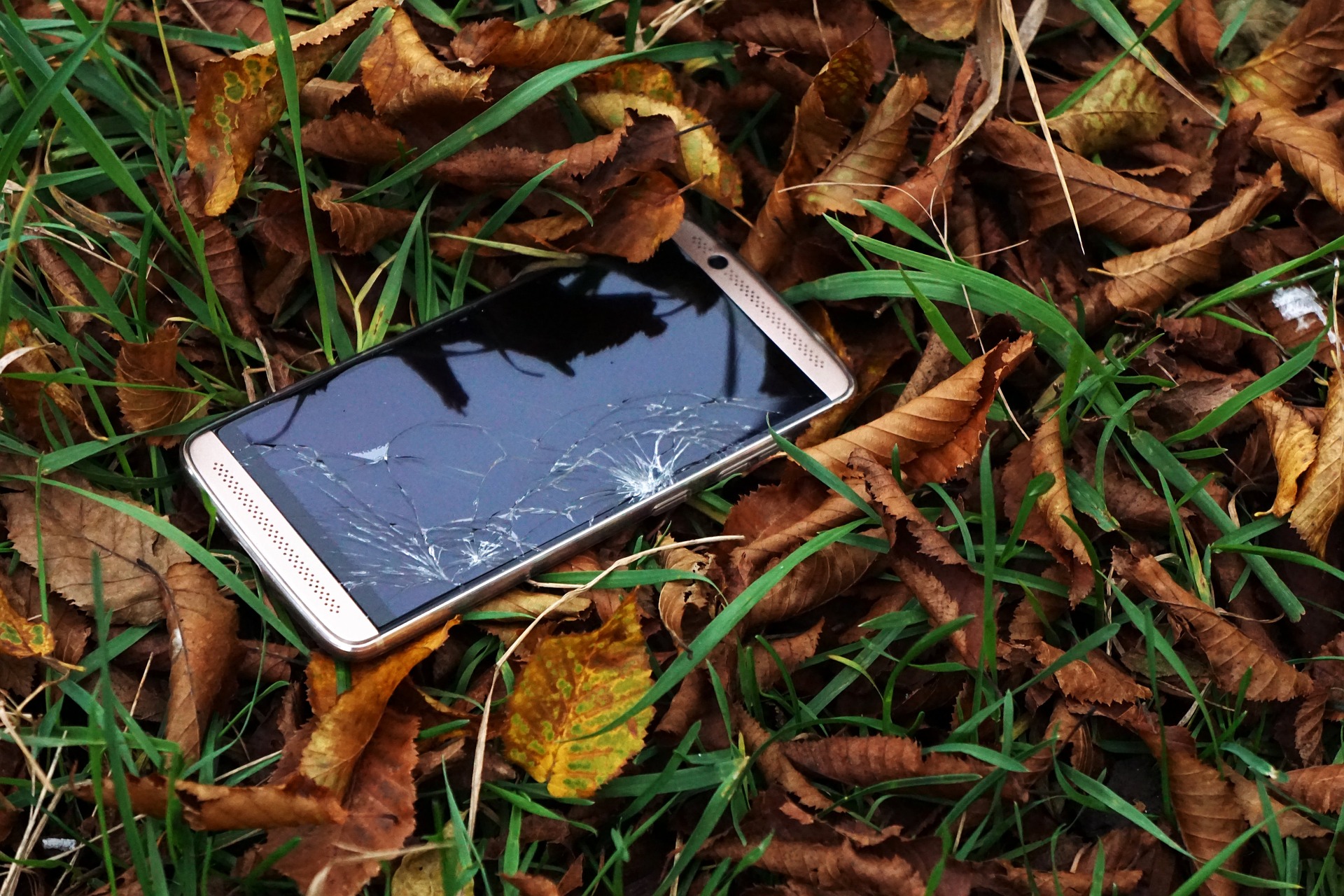
Tāmaki Makaurau – Electronic waste, or e-waste, is a growing problem globally as technology continues to develop at speed.
Of the 16 billion phones owned worldwide, over 5 billion are expected to become e-waste this year, according to the International Waste Electrical and Electronic Equipment (WEEE) Forum.
LED lamps are among the top items to be trashed, while washing machines and white appliances represent the largest amount of e-waste by weight.
New Zealand company Mint has just received $60 million in Series C funding to accelerate the supply of green metals such as old laptops and cell phones to help NZ’s massive tech waste issue.
The company is dealing with a real-world problem and impact that electronic waste has on the environment and economy so it is helping to stop e-waste doubling to 100 million tonnes or more in the next 30 years.
More than 17 percent of the 53.6 million tons of e-waste produced around the world is properly recycled, according to the Global e-waste monitor, 2020. The discarded technology not only contains valuable metals needed in a range of everyday commodities, but it contains toxins that can be harmful to local communities.
There are more than 400 locations across Aotearoa where unwanted mobile phones can be dropped off for recycling. These include 2degrees, Spark or Vodafone retail stores and kiosks, Resene shops and other public places such as councils.
E-waste, is a growing problem globally as technology develops more and more. With each year, consumers toss last year’s smart watches, laptops and cell phones for the latest model.
While some people turn their old devices in for recycling, many keep them stockpiled in a junk drawer or toss them out to go to landfill.
There are an estimated 16 billion phones owned worldwide and more than five 5 billion of those are expected to become e-waste this year. Consumers will either throw their old phones in the trash or hoard them away, despite the fact that there are many valuable resources that can be recycled from old phones, including gold, copper, silver and palladium.
LED lamps are among the top items to be trashed, and washing machines and tossed white appliances are the largest amount of e-waste by weight. Phones rank no. 4 in small electronic items that are hoarded or kept despite being unused or broken.
While recycling keeps these products out of landfills, hoarding old electronics also contributes to e-waste and should be cleared out for recycling.

